From Acne to Aglow: Navigating Skincare Challenges
The journey of skincare is often a tumultuous one, marked by trials and tribulations. For many, it begins with the all-too-familiar adversary: acne. While acne affects people of all ages, it is particularly prominent during the teenage years and can have lasting impacts on self-esteem and self-image. However, with advancements in skincare science and an increasing wealth of knowledge, navigating these challenges has become more manageable. In this article, we will explore the causes of acne, effective treatments, preventive measures, and how to transition from battling breakouts to achieving that radiant glow.
Understanding Acne: Causes and Triggers
Acne is primarily a skin condition characterized by the presence of pimples, blackheads, and cysts. It arises due to the blockage of hair follicles with oil and dead skin cells. The primary causes of acne include:
-
Hormonal Fluctuations: Puberty, menstruation, pregnancy, and hormonal disorders can lead to fluctuations in hormones, particularly androgens like testosterone, resulting in increased sebum production. This is a significant trigger for acne among teenagers and women during their menstrual cycles.
-
Bacteria: The bacteria Propionibacterium acnes live on the skin’s surface. When hair follicles become clogged, these bacteria can multiply, leading to inflammation and causing the body to respond with the formation of pus-filled pustules.
-
Diet: Emerging research suggests that certain dietary choices, such as high-glycemic foods and dairy, can exacerbate acne. Fast food consumption has also been linked to increased acne severity.
-
Stress: While stress doesn’t directly cause acne, it can worsen existing conditions. Stress stimulates the adrenal glands to produce more hormones, thereby increasing oil production and, in turn, leading to breakouts.
-
Cosmetics and Skincare Products: Heavy makeup and certain skincare products can clog pores, leading to acne formation. It is crucial to choose non-comedogenic products, which are designed not to block pores.
-
Environmental Factors: Pollution, humidity, and exposure to certain chemicals can contribute to skin irritation and acne breakouts.
Types of Acne
Understanding the different types of acne can help individuals tailor their skincare routines effectively. The common types include:
- Comedones: These are the non-inflammatory type of acne, which can be classified as closed (whiteheads) or open (blackheads).
- Papules: These are small, red bumps that may be tender to touch.
- Pustules: Characterized by a white or yellow center filled with pus, these are typically more inflamed than papules.
- Nodules: These are large, painful lumps beneath the surface of the skin and can lead to scarring.
- Cysts: Cysts are the most severe form of acne and can lead to significant scarring. They are filled with pus and can be painful.
Effective Treatments for Acne
Navigating the world of acne treatments can be overwhelming, given the myriad options available. Here are some effective approaches to consider:
Topical Treatments
-
Benzoyl Peroxide: This over-the-counter treatment is effective in killing acne-causing bacteria and reducing inflammation. It is often found in gels and creams.
-
Salicylic Acid: A beta-hydroxy acid that helps unclog pores and exfoliate dead skin cells. It is beneficial in treating blackheads and whiteheads.
-
Retinoids: Derived from vitamin A, topical retinoids help unclog pores and prevent future breakouts. Prescription options include tretinoin and adapalene.
-
Antibiotics: Topical antibiotics like clindamycin can help reduce inflammation and bacteria on the skin.
-
Azelaic Acid: This has anti-inflammatory properties and can also help in treating post-acne pigmentation.
Oral Medications
-
Antibiotics: Oral antibiotics such as doxycycline and minocycline are effective in reducing bacteria and inflammation but are typically prescribed for moderate to severe cases.
-
Isotretinoin: A powerful retinoid treatment for severe acne, isotretinoin has a long list of potential side effects and is used under strict medical supervision.
-
Hormonal Treatments: For women, hormonal therapies such as birth control pills can help regulate hormones and reduce breakouts linked to hormonal fluctuations.
Professional Treatments
-
Chemical Peels: These treatments involve applying a chemical solution to exfoliate the skin, helping to reduce acne severity and visibility.
-
Laser Therapy: Lasers can target acne-causing bacteria and reduce oil production, providing long-term solutions.
-
Microdermabrasion: This technique removes the outer layer of dead skin cells, promoting cell turnover and helping to reduce the appearance of acne scars.
-
Light Therapy: Blue light therapy can kill acne-causing bacteria, while red light therapy can reduce inflammation.
Skincare Routine: Building the Basics
Creating an effective skincare regimen is crucial for those struggling with acne. Here’s a simple guide to establishing a routine:
Step 1: Cleansing
Use a gentle, non-comedogenic cleanser to wash the face twice daily. Avoid harsh scrubs that could irritate the skin. Consider cleansers with salicylic acid or benzoyl peroxide for extra acne-fighting benefits.
Step 2: Exfoliation
Incorporate chemical exfoliants like AHAs (alpha hydroxy acids) and BHAs (beta hydroxy acids) into the routine 2-3 times a week. Exfoliation helps remove dead skin cells and prevent clogged pores.
Step 3: Treatment
Apply topical treatments such as benzoyl peroxide or retinoids to targeted areas after cleansing. Be consistent and patient as results may take time.
Step 4: Moisturizing
Even oily skin needs hydration. Use a lightweight, oil-free moisturizer that won’t clog pores. Ingredients like hyaluronic acid can provide hydration without excess oil.
Step 5: Sun Protection
Protecting the skin from UV rays is essential, especially when using retinoids and other acne treatments that can increase sun sensitivity. Use a broad-spectrum SPF 30 or higher daily.
Preventive Measures: Maintaining Clear Skin
While treatments are essential for addressing existing acne, preventive measures can help maintain a clear complexion:
-
Regular Cleansing: Keeping the skin clean will help prevent breakouts. Make it a habit to wash the face, especially after sweating or exercising.
-
Diet and Hydration: A balanced diet rich in fruits, vegetables, lean proteins, and healthy fats can support skin health. Stay hydrated and limit high-glycemic foods and sugar.
-
Avoid Picking: Resist the urge to pick at or pop pimples. This can lead to scarring, infection, and more significant breakouts.
-
Choose Non-Comedogenic Products: Always opt for makeup and skincare products labeled as non-comedogenic. This ensures they won’t clog pores.
-
Mind Your Hair: Hair products can contribute to breakouts, particularly along the hairline. Be mindful of how hair products might transfer to the skin and lead to acne.
-
Manage Stress: Incorporate stress-reducing practices into daily life, such as mindfulness, meditation, or yoga.
Transitioning to Radiant Skin: Post-Acne Care
Once acne is under control, many struggle with post-acne marks and scars. Transitioning to a skincare routine that promotes a radiant complexion is essential:
Addressing Hyperpigmentation
Post-inflammatory hyperpigmentation is common after acne. Ingredients to look for include:
- Vitamin C: A potent antioxidant that helps lighten dark spots and brightens the skin.
- Niacinamide: Known for its anti-inflammatory properties, it can improve skin texture and reduce redness.
- Retinoids: Continue using retinoids to enhance cell turnover, aiding in the fading of hyperpigmentation.
Hydrating and Nourishing Skin
Switch to products that focus on hydration and nourishment:
- Hyaluronic Acid: A great hydrating ingredient that can provide moisture without heaviness.
- Ceramides: Help restore the skin barrier, locking in moisture and protecting against environmental stressors.
Maintaining Your Routine
As skin returns to normalcy, maintaining a consistent skincare routine is vital. Regular check-ups with a dermatologist can help tailor treatments as needed.
Confidence in Your Skin
Beyond physical treatments, emotional resilience plays a significant role in navigating the challenges of acne. Engaging in positive self-talk, surrounding oneself with supportive individuals, and seeking professional counseling when necessary can be beneficial.
Conclusion
The journey from acne to aglow is undoubtedly filled with challenges, but understanding the causes, effective treatments, and preventive measures can pave the way for success. Embracing a holistic approach that includes a tailored skincare routine, lifestyle choices, and emotional well-being can yield not just clear skin but a renewed sense of confidence. Ultimately, the goal is not merely to eliminate acne but to cultivate an environment where skin can thrive, radiating health and vitality.
As you navigate your unique skincare journey, remember that patience and consistency are paramount. Each individual’s journey is different, and what works for one person may not work for another. Being kind to your skin—and to yourself—can make all the difference on the path from acne to aglow.
[modern_footnote_source]: For references and further reading, please consult reputable dermatological journals, skincare product information, and scientific studies related to acne and its treatments.

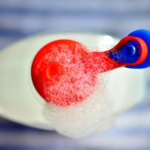




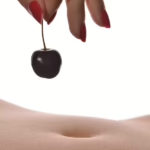




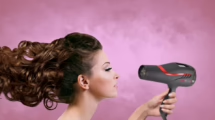

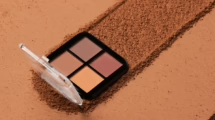
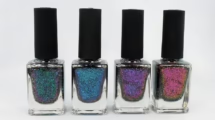
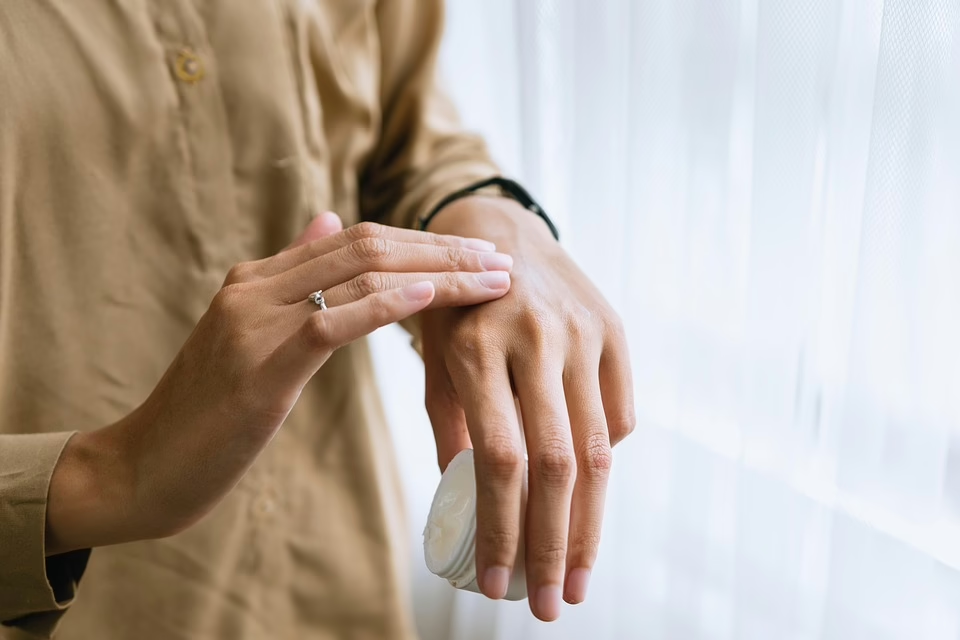










Add Comment